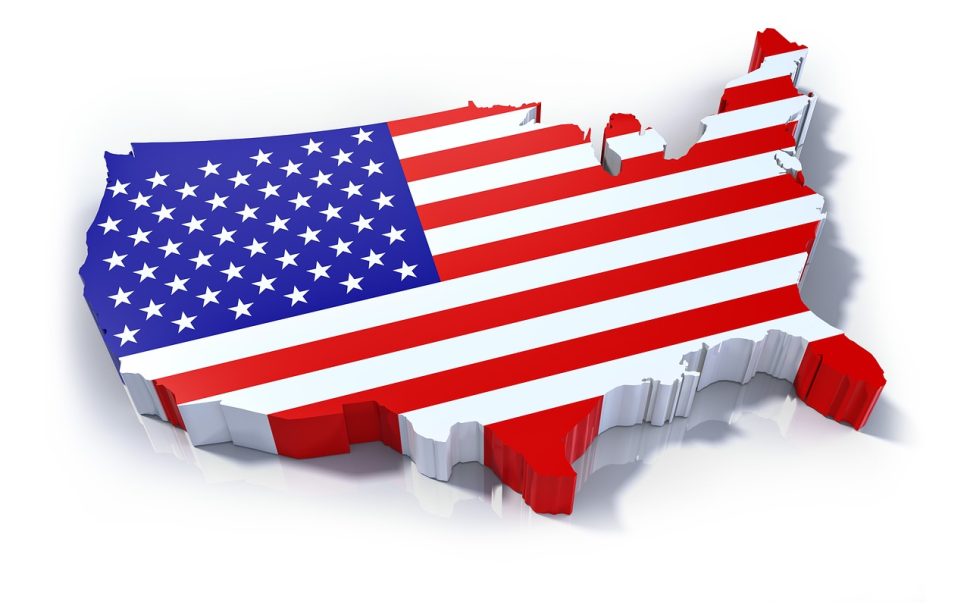As millions of voters across the USA head to the polls in the 2024 presidential election, all eyes and most campaign dollars have been focused on specific states.
Despite research showing Americans are more polarised and political than ever, this year’s result will come down to a few thousand undecided voters in key battleground states.
What is the electoral college?
In the USA, the president is decided by the electoral college.
Each of the 50 states that make up the United States are allocated a number of electoral votes, depending on the population of that state. This varies from three votes for Alaska and North Dakota, compared to California’s 54. Whichever candidate gets a simple majority in one of these states gets those electoral college votes.
For a nominee to become president, they need to reach the crucial number of 270 electoral votes.
With most states reliably voting Democrat or Republican each election cycle, meaning those electoral votes are seen as secured by either party, presidential elections often come down to a handful of “swing” states.
These seven states — Arizona, Georgia, Michigan, Nevada, North Carolina, Pennsylvania, and Wisconsin — total a crucial 93 electoral college votes and will be the ones to watch on election day.
So, let’s take a closer look at three of these so-called “swing” states.
Pennsylvania
With a hefty 19 electoral votes, Pennsylvania has been top of the candidates’ lists of target states.
Both candidates held several rallies and campaign events in the state, looking to appeal to the post-industrial rust-belt state that has seen a steady decline in population over the last 50 years.
In 2016, the state went red for the first time in six elections as Donald Trump won the state by 0.7%.
A swing state for the past 20 electoral cycles, the state went to Biden in 2020, with him receiving 50% of the vote.
This year, an average of polls calculated by FiveThirtyEight puts the state marginally leaning towards Trump by 0.5%, well within the margin of error.
Arizona
Home to the Grand Canyon, Arizona has traditionally voted Republican in presidential elections.
Apart from Bill Clinton’s successful election bid in 1996, Arizona has voted Republican from 1952 until 2016.
However, that 2016 election saw Donald Trump win by a narrower margin than other recent Republican candidates and in 2020 Joe Biden won the state and its 11 electoral votes by just 0.3%.
Measuring as at a dead heat in September, polling from the past week has shown Trump pull away with a 2.2% lead over Harris.
Wisconsin
American home of the Cornish pasty, brought over by miners from Cornwall in the 1830s, Wisconsin voted Democrat the seven elections from 1988 to 2012.
2016 broke this streak with the state going red when Trump won the state over Hillary Clinton by 0.7%.
The Democrats narrowly reclaimed Wisconsin in 2020 with Biden beating Trump 49.6% to 48.9%.
How close will the election be?
With all polls calling all seven swing states “too close to call”, the election outcome remains impossible to predict.
It is not the first time the presidential election has been decided by a handful of votes in one state.
In 2000, after a series of recounts and legal challenges, the presidency was awarded to George W. Bush who won by 537 votes in Florida.
Recent elections have been less close but the result has often still come down to a fraction of voters.
With this year’s election continuing to be too close to call the closer we get to election day, all attention will be on these undecided voters in the swing states.
Image credit: Pixabay





